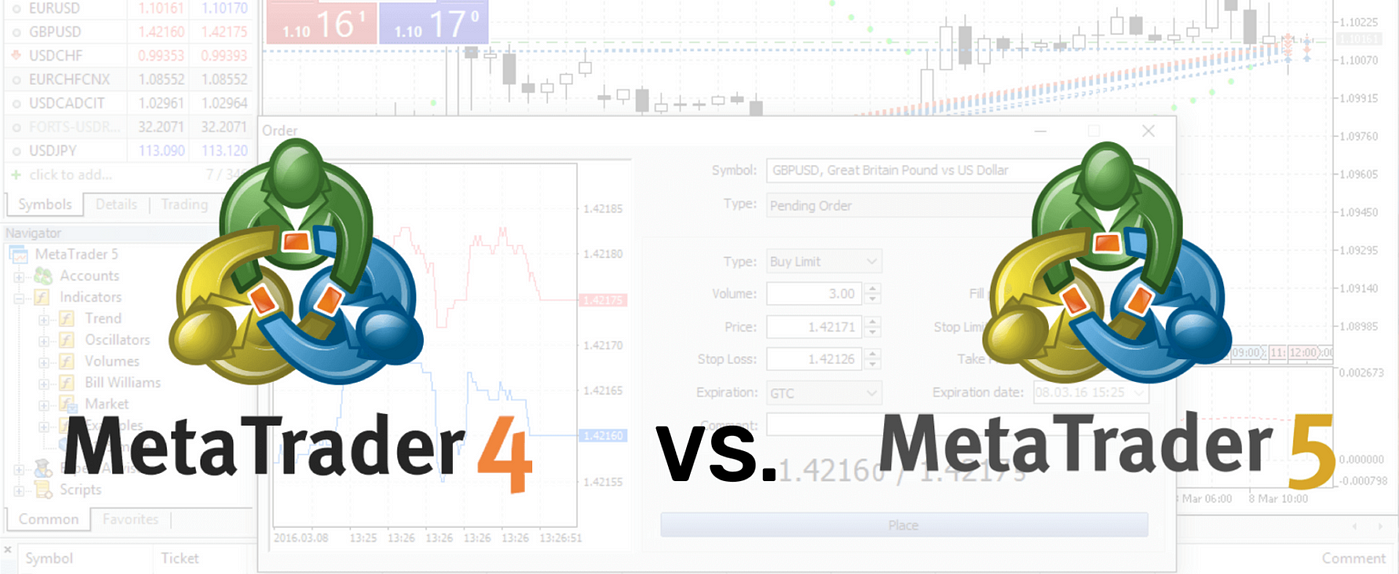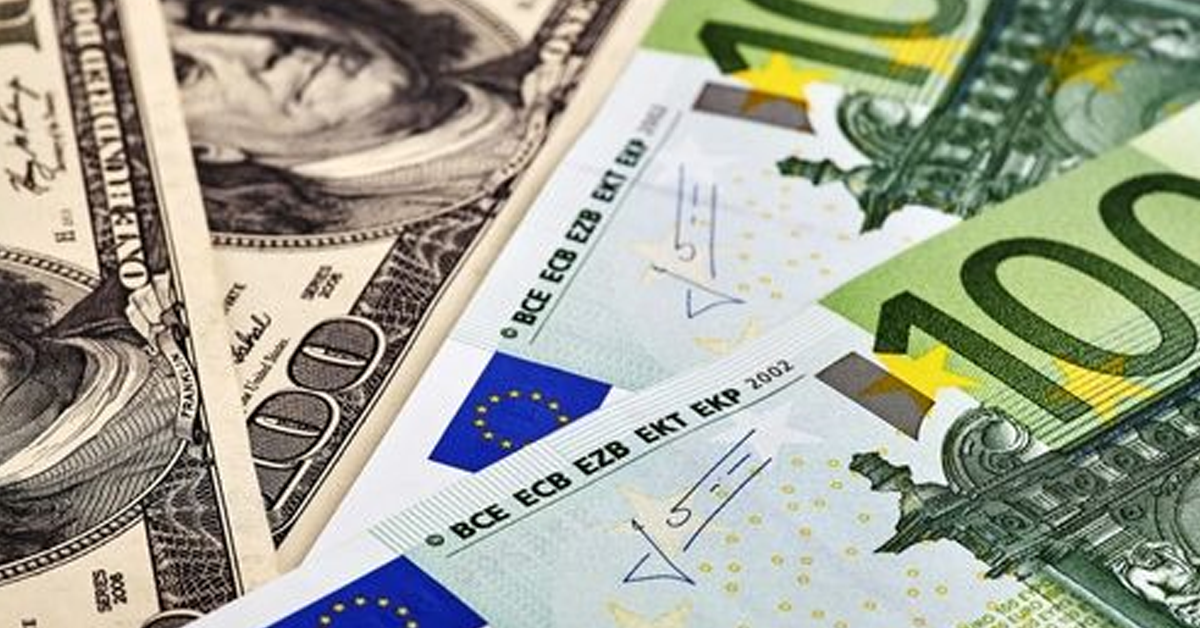EUR/USD faces barricades around 0.9863, focus shifts to US Inflation data
The past week was marked by two important events. The EUR/USD pair updated its 20-year low on Tuesday, September 6th once again, falling to 0.9863. And then the European Central Bank raised its key interest rate for the first time in its history by 75 bps to 1.25% on Thursday, September the 8th, accompanying this act with very hawkish comments.
Both the events did not come as a surprise to the market and on the whole, were in line with the forecasts that we voiced in the previous review. The pair’s rebound to the upside following the ECB’s decision was not surprising either. Having risen by about 250 points, it peaked at 1.0113 on September 9. This was followed by a correction to the north, and the pair finished at 1.0045
The ECB is still far from the US Fed: the current rate on the dollar is 2.50%, which is exactly twice as high as on the euro. But this is not all. If the September meeting of the European regulator has already passed, its American counterpart still has it ahead. And if the Fed’s FOMC raises the rate on September 21 once again, the dollar will go even further into the lead. And the probability of such a step is close to 100%.
The main trading range of the last three weeks was within 0.9900-1.0050. Taking into account breakdowns in both directions, it is somewhat wider, 0.9863-1.0113. The next strong support after the 0.9860 zone is located around0.9685. The resistance levels and targets of the bulls look like 1.0130, then 1.0254, the next target area is 1.0370-1.0470.
There will be some important events this week. Consumer Price Indices in Germany and the US will be published tomorrow. CPI is an indicator of consumer inflation and reflects changes in the level of prices for groups of goods and services in August. The September ZEW Economic Sentiment Index in Germany will be released as well. Another batch of economic statistics will arrive on Wednesday, and Thursday in the form of the Producer Price Index and data on retail sales and unemployment in the US. We are waiting for the publication of the Eurozone CPI, as well as the US University of Michigan Consumer Confidence Index, at the end of working week.









